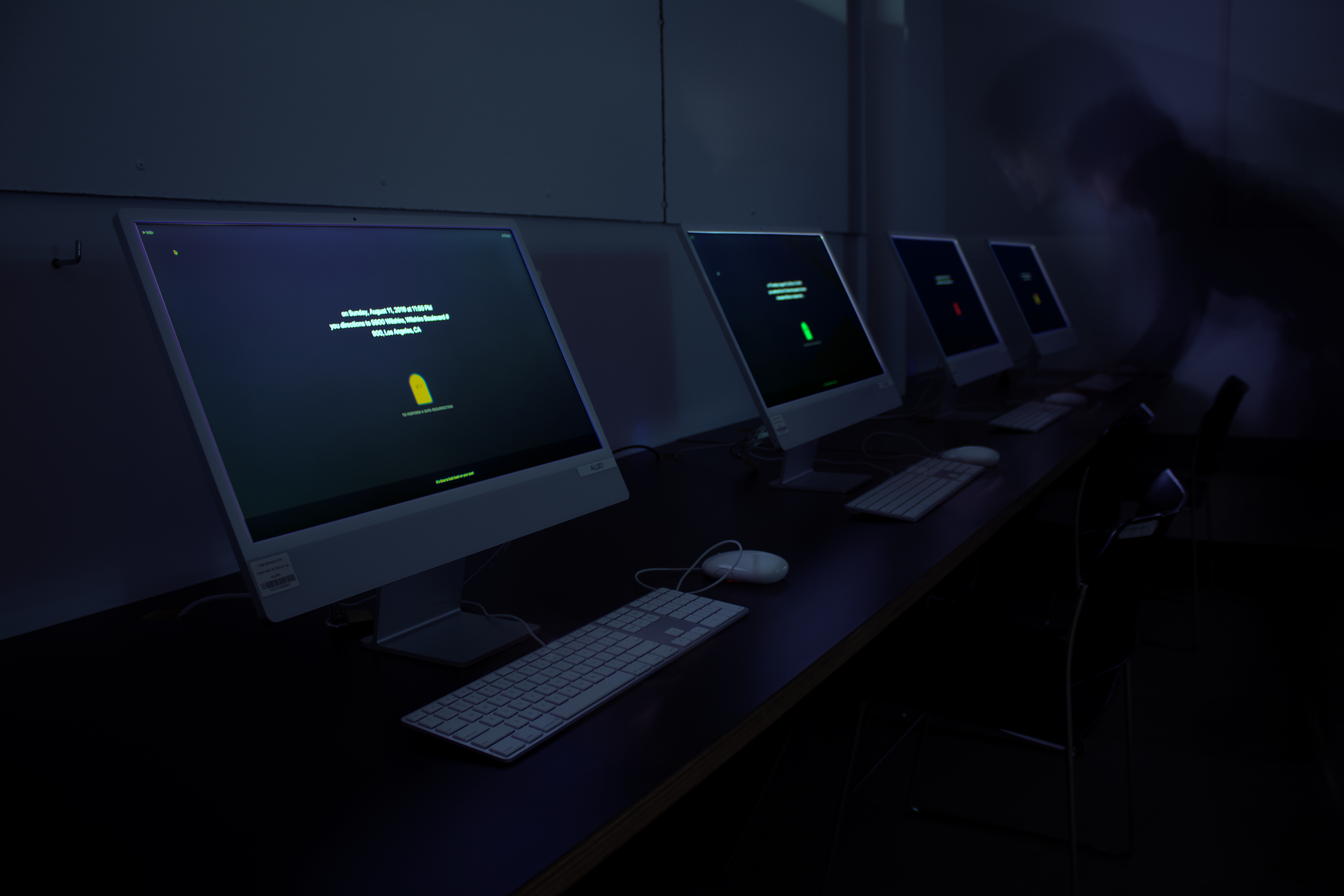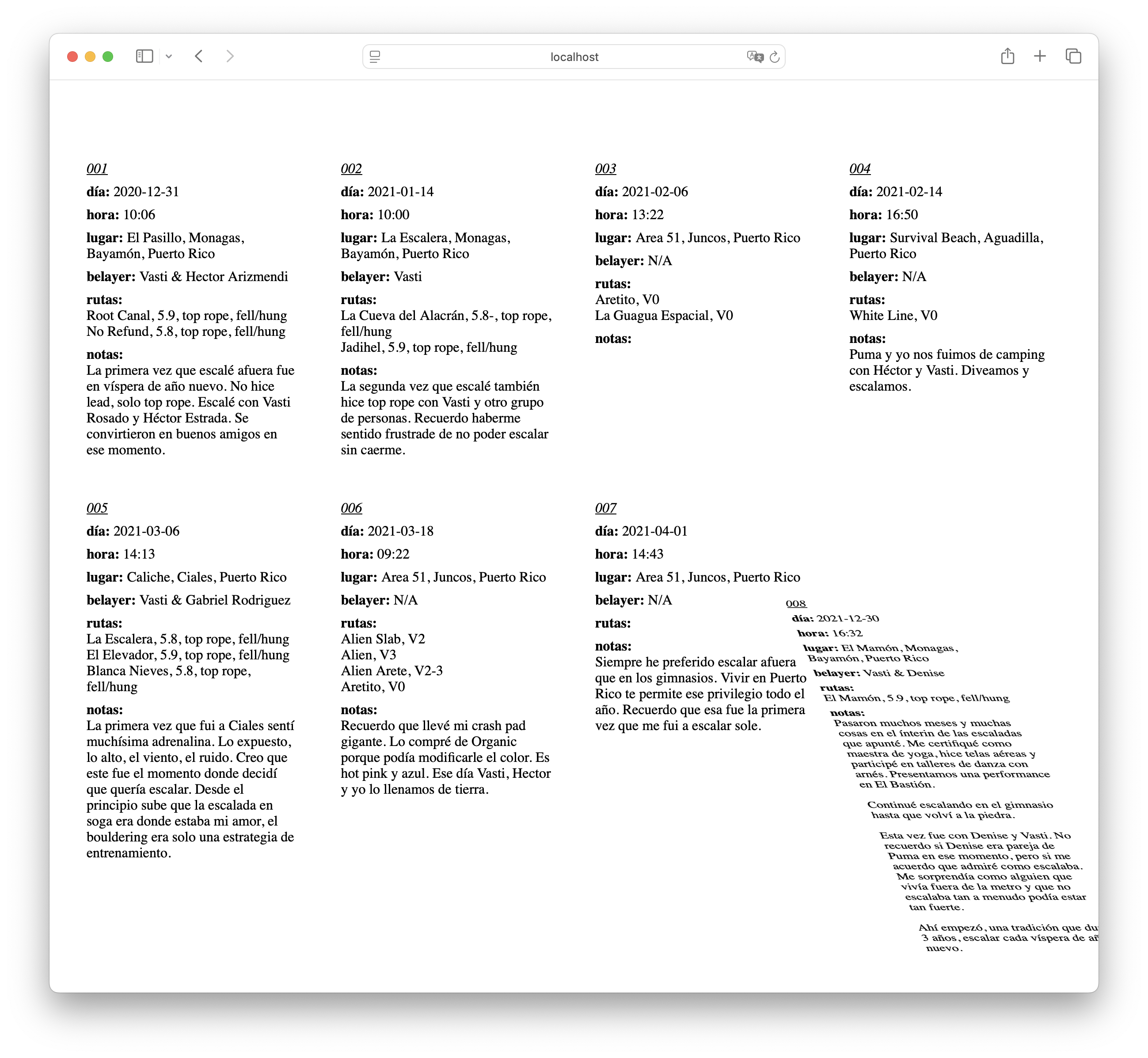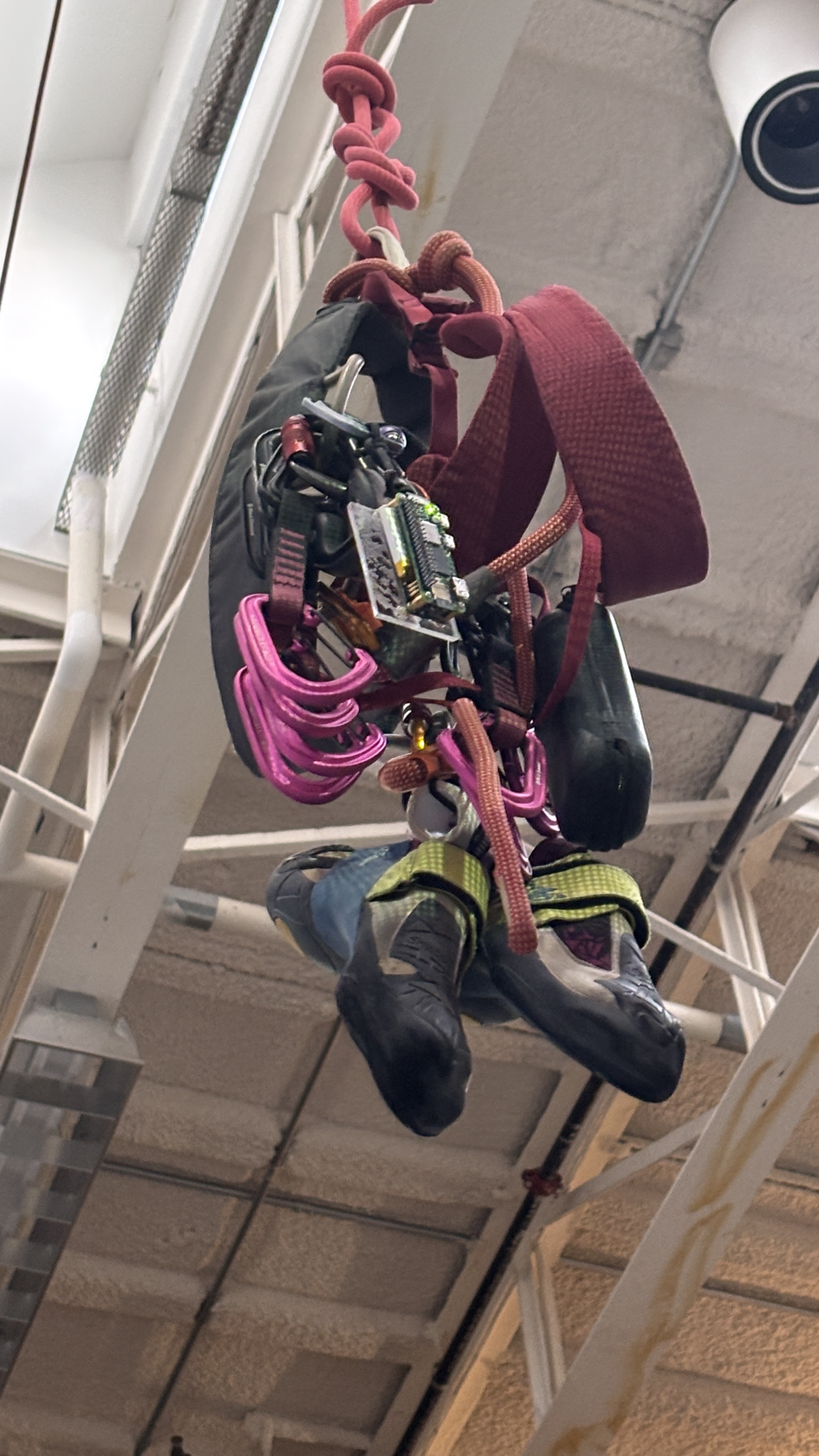(ART750)
Localhosts
- Welcome / Welcome back!
- The title of this course is "Localhosts"
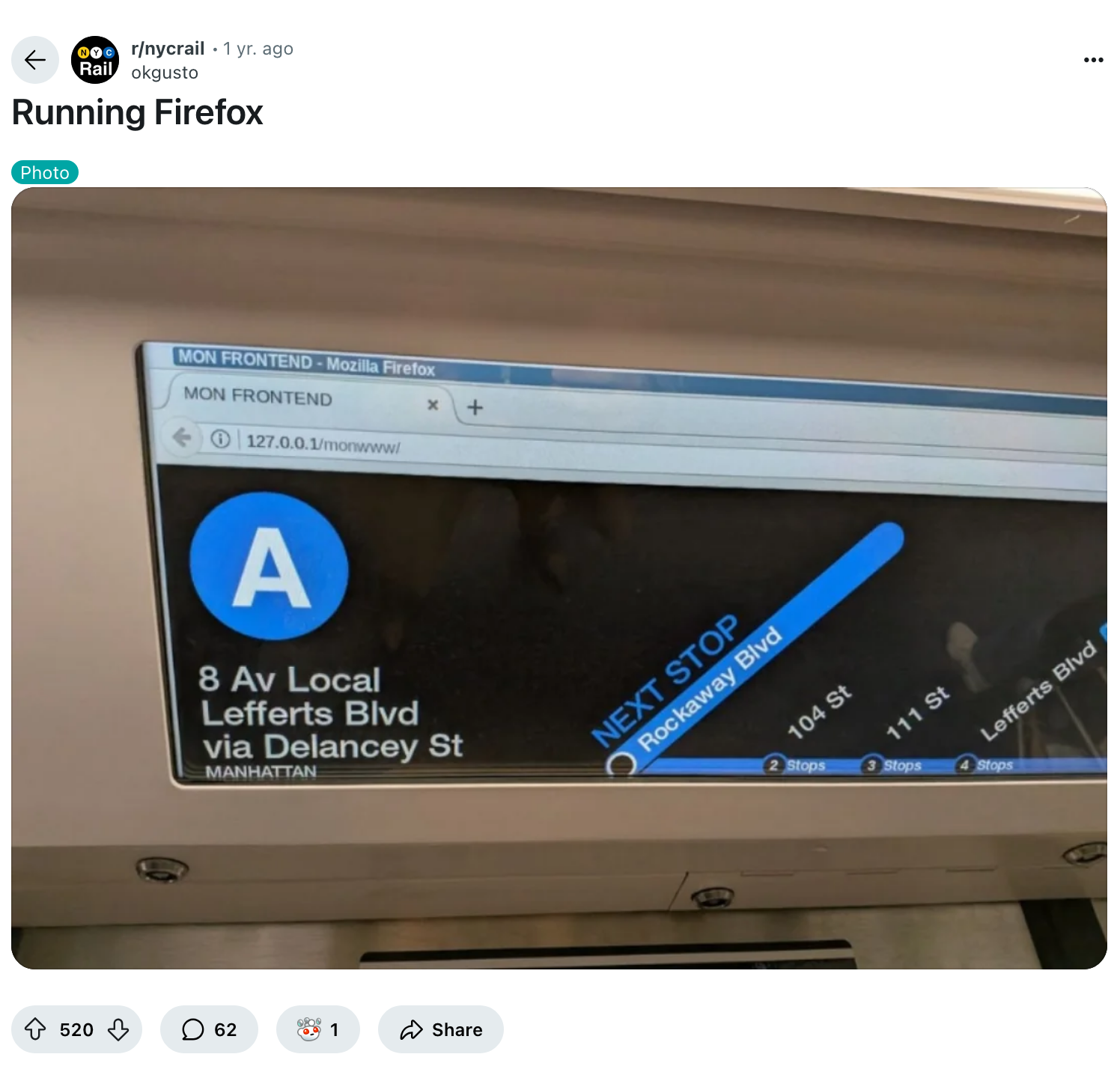
- In this class we will focus on making *contextual* work that uses the web browser as a central figure.
- I wasnt sure where to put this image, but it's a photograph from the A train. The new subway interfaces run on firefox!
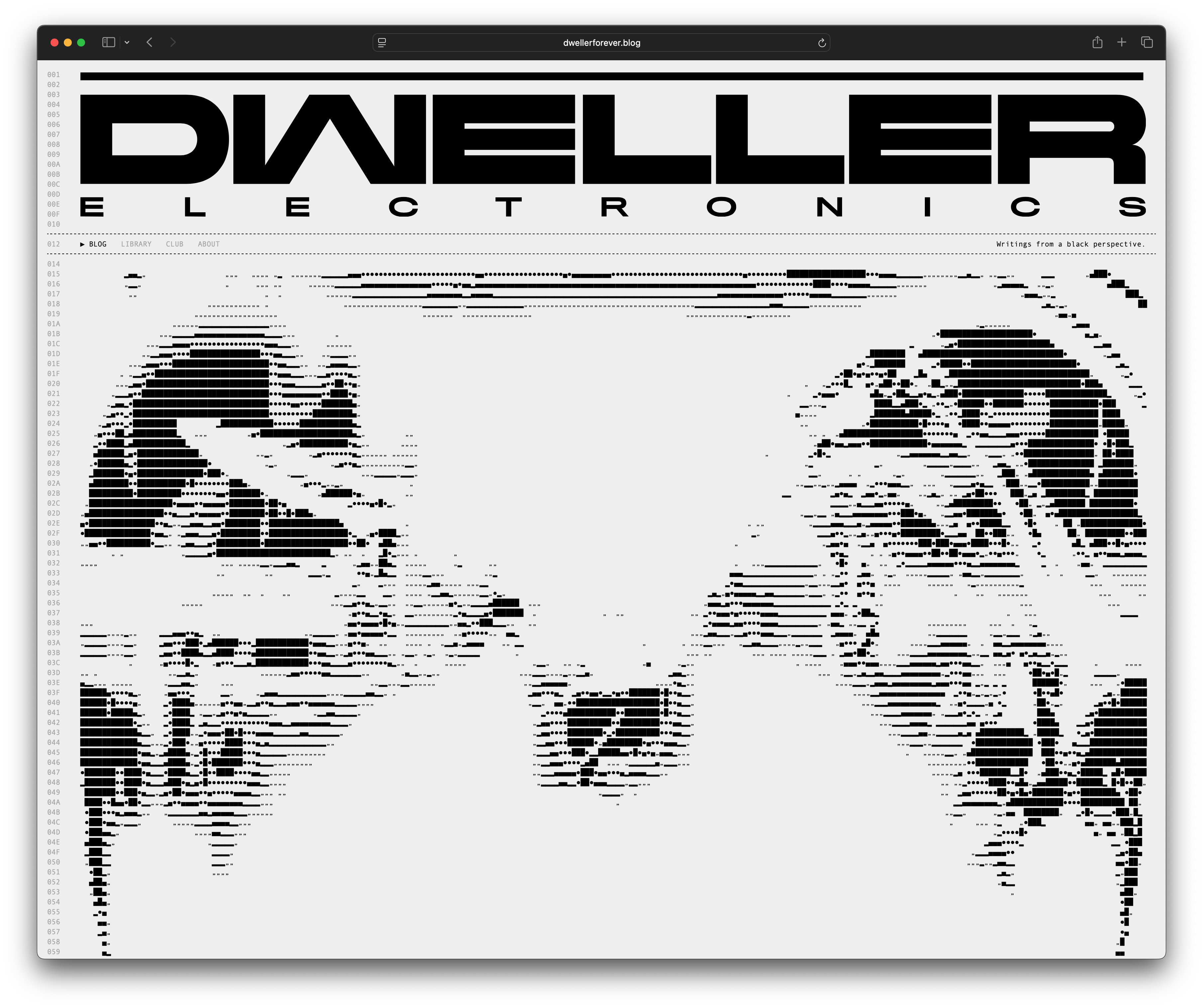
- Before getting into the syllabus, I figured I would introduce myself and show some work so you know where I'm coming from.
- My name is Bryant, I'm a designer based in NYC. I often make work between and across mediums, but most of my work uses programming in one form or another.
- Of course, a big part of that is making websites...
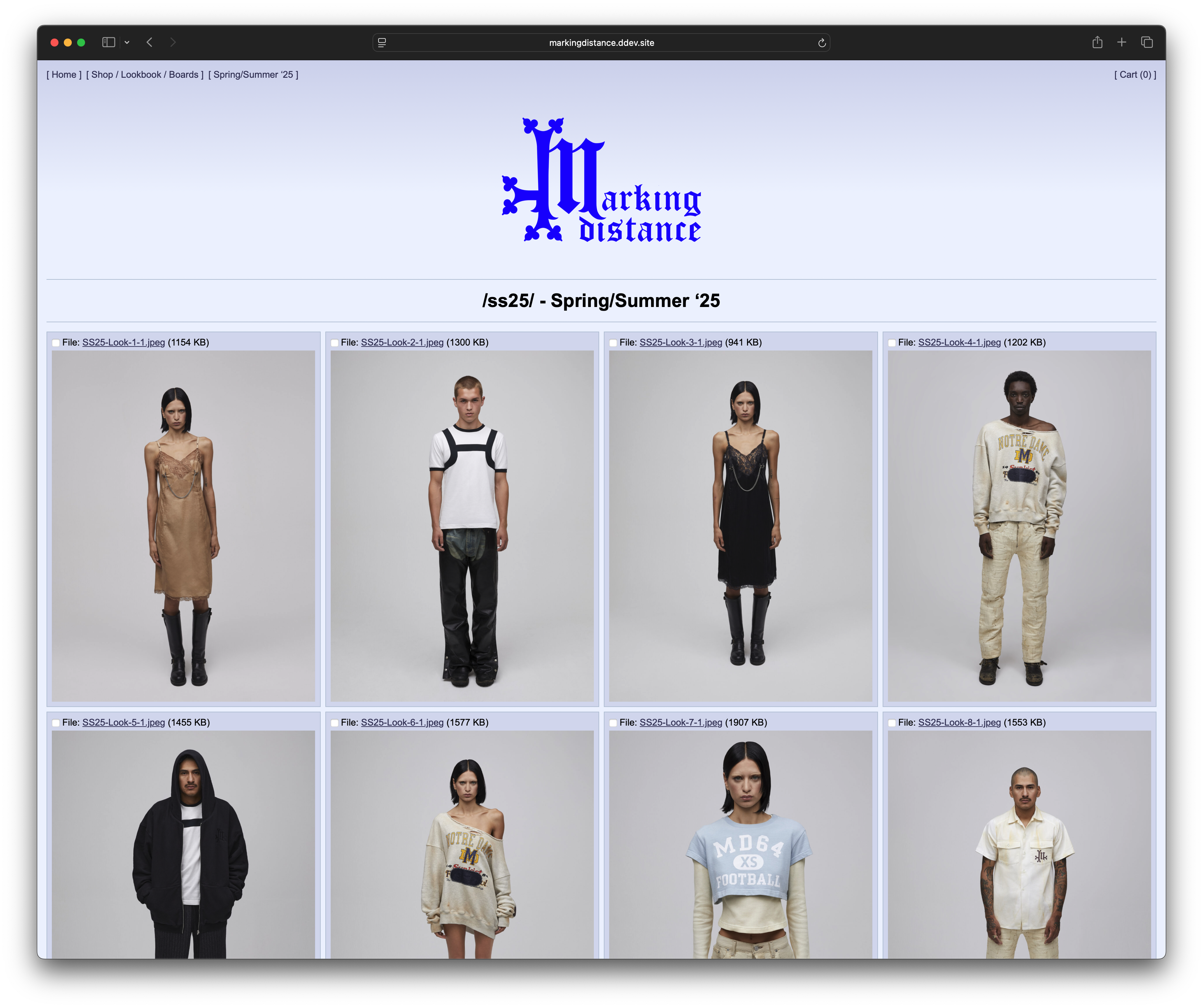
- Of course, a big part of that is making websites...
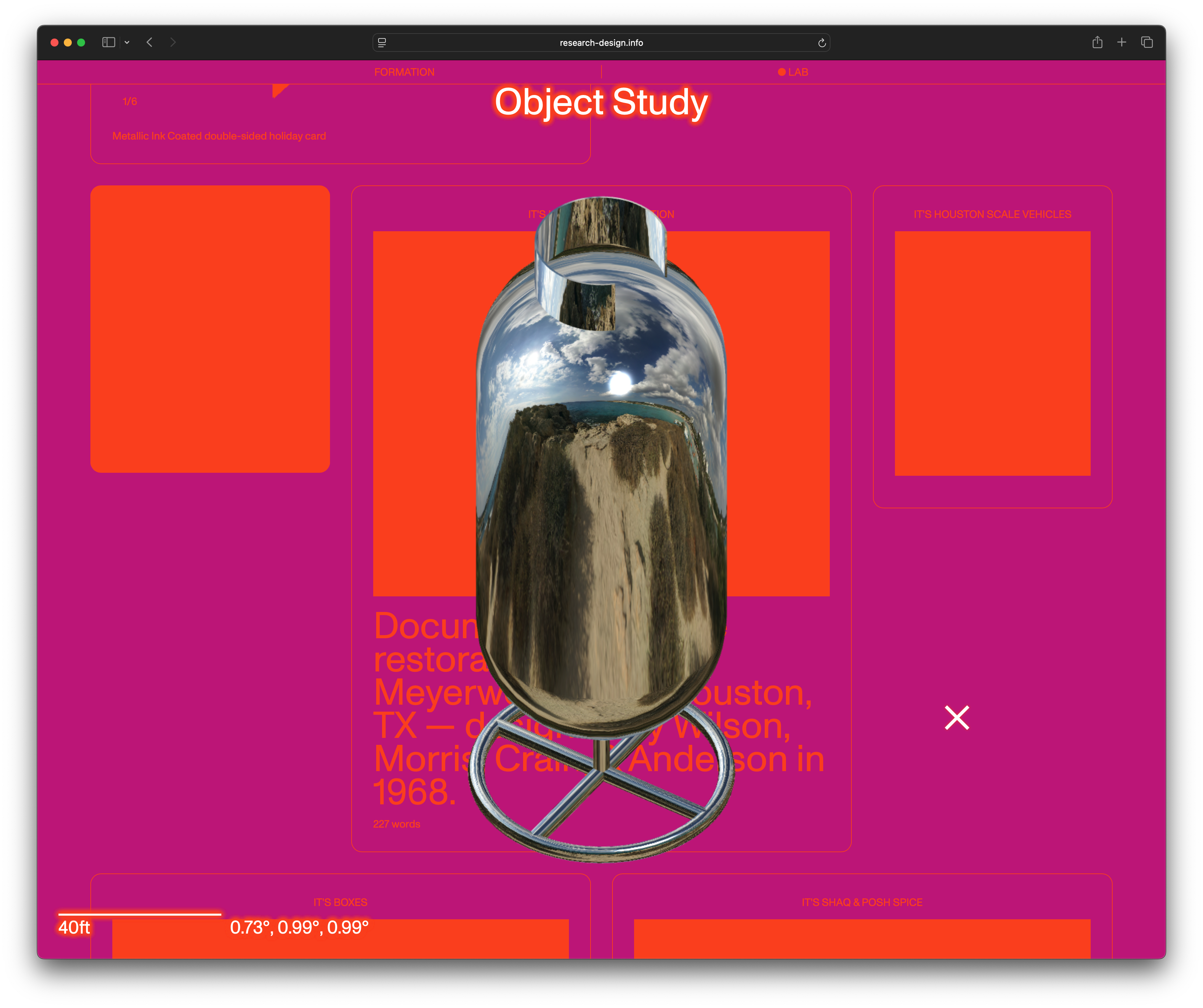
- Of course, a big part of that is making websites...
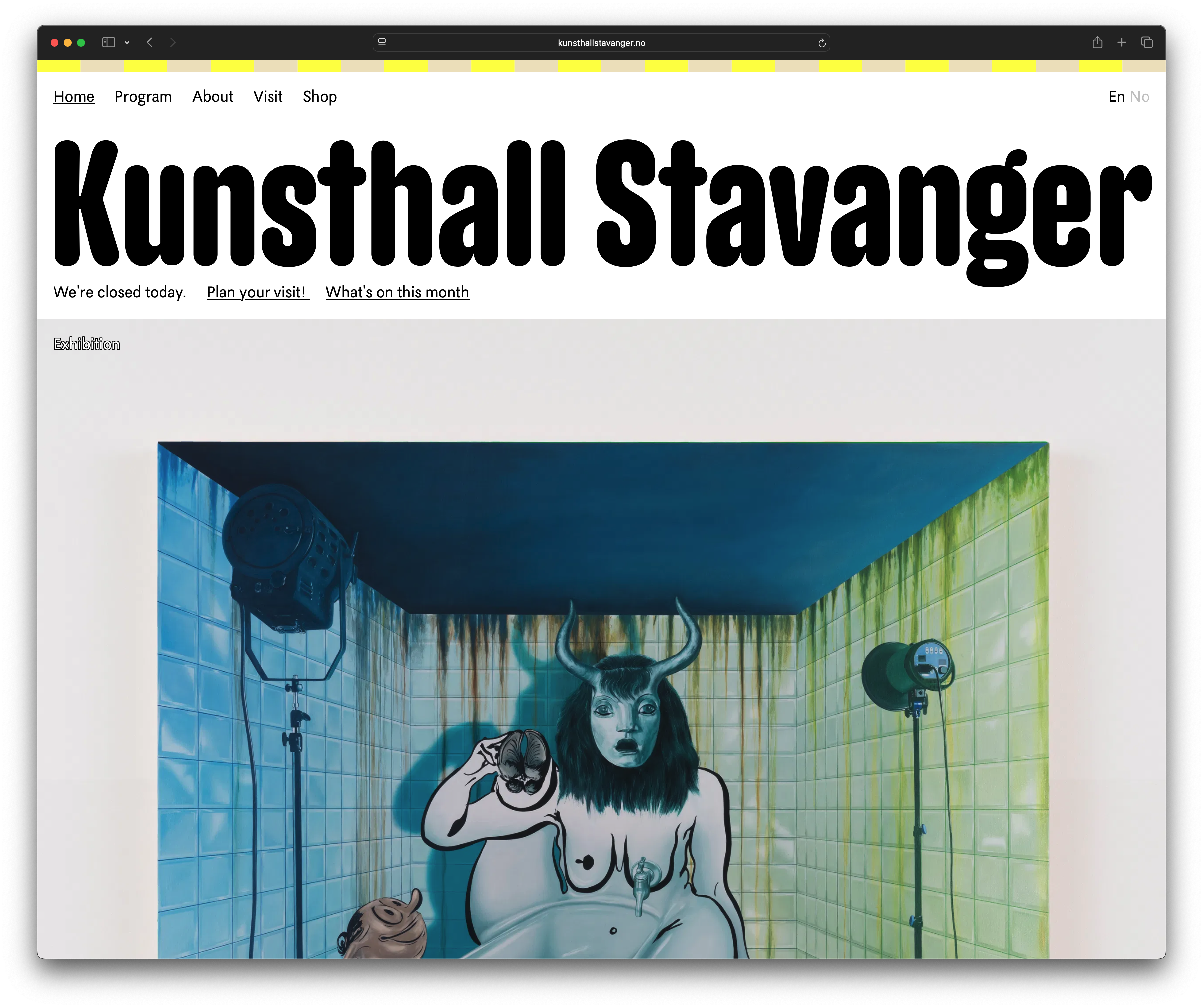
- Of course, a big part of that is making websites...
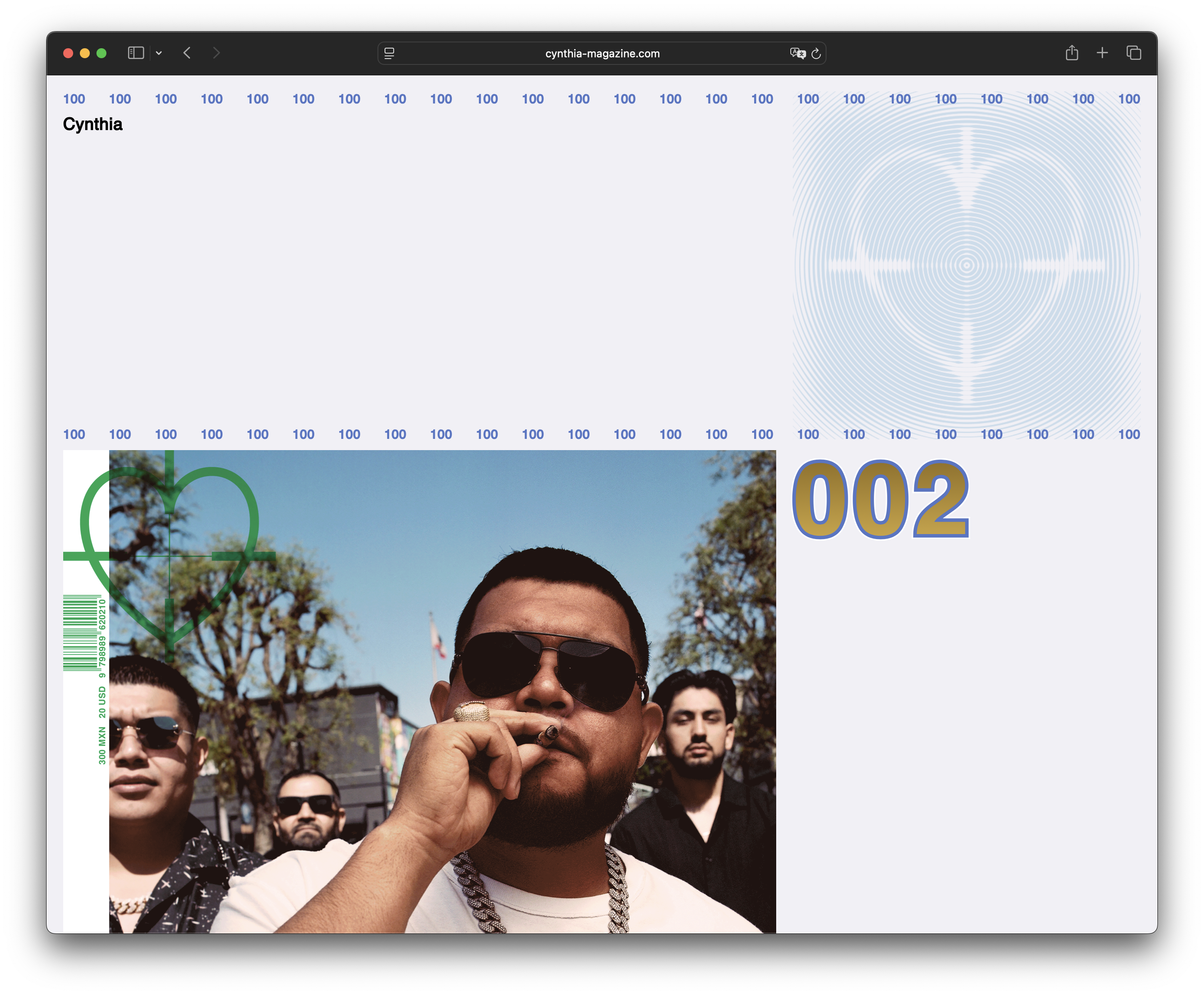
- Of course, a big part of that is making websites...
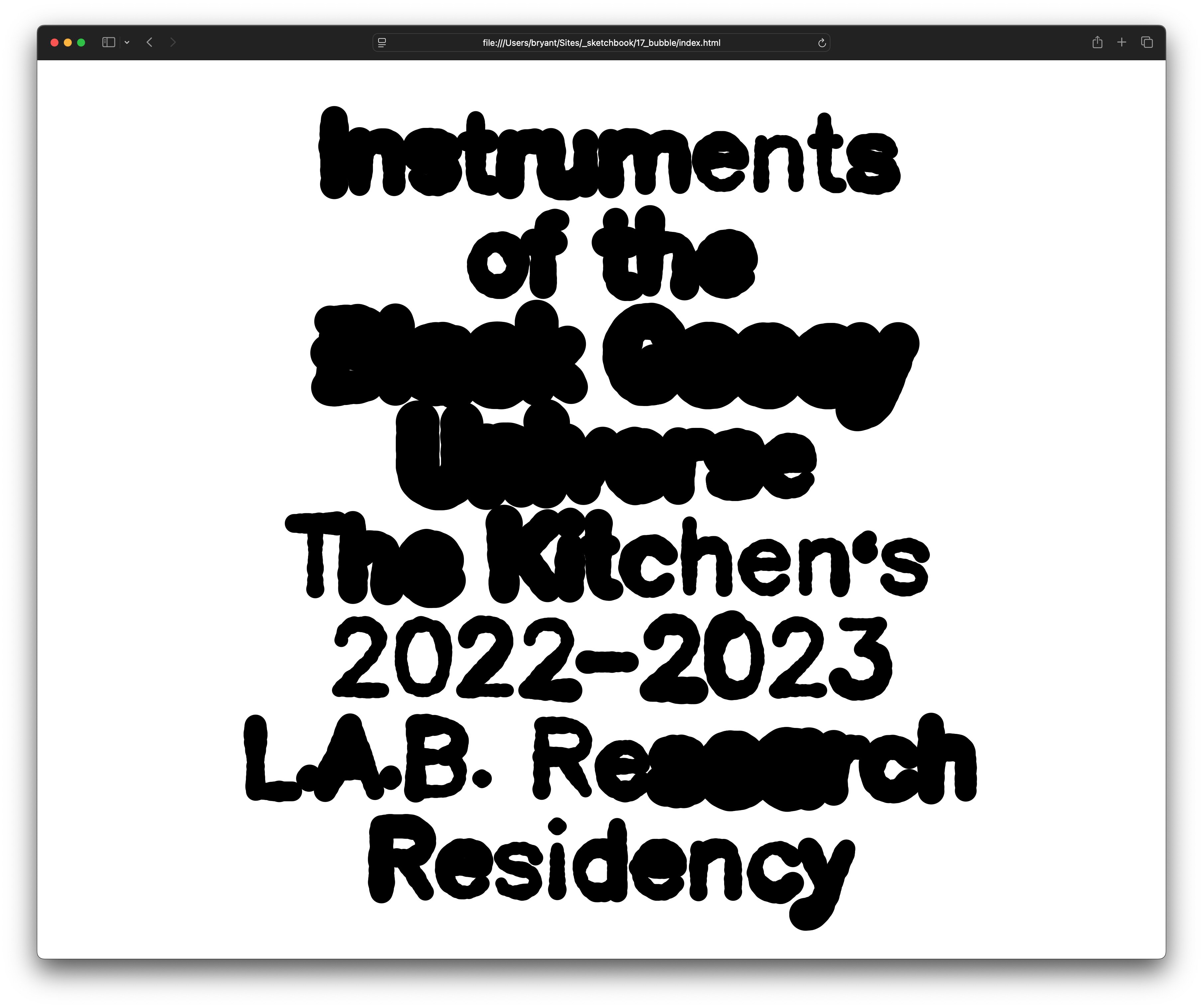
- But I also use programming (and the browser) to build tools for projects.
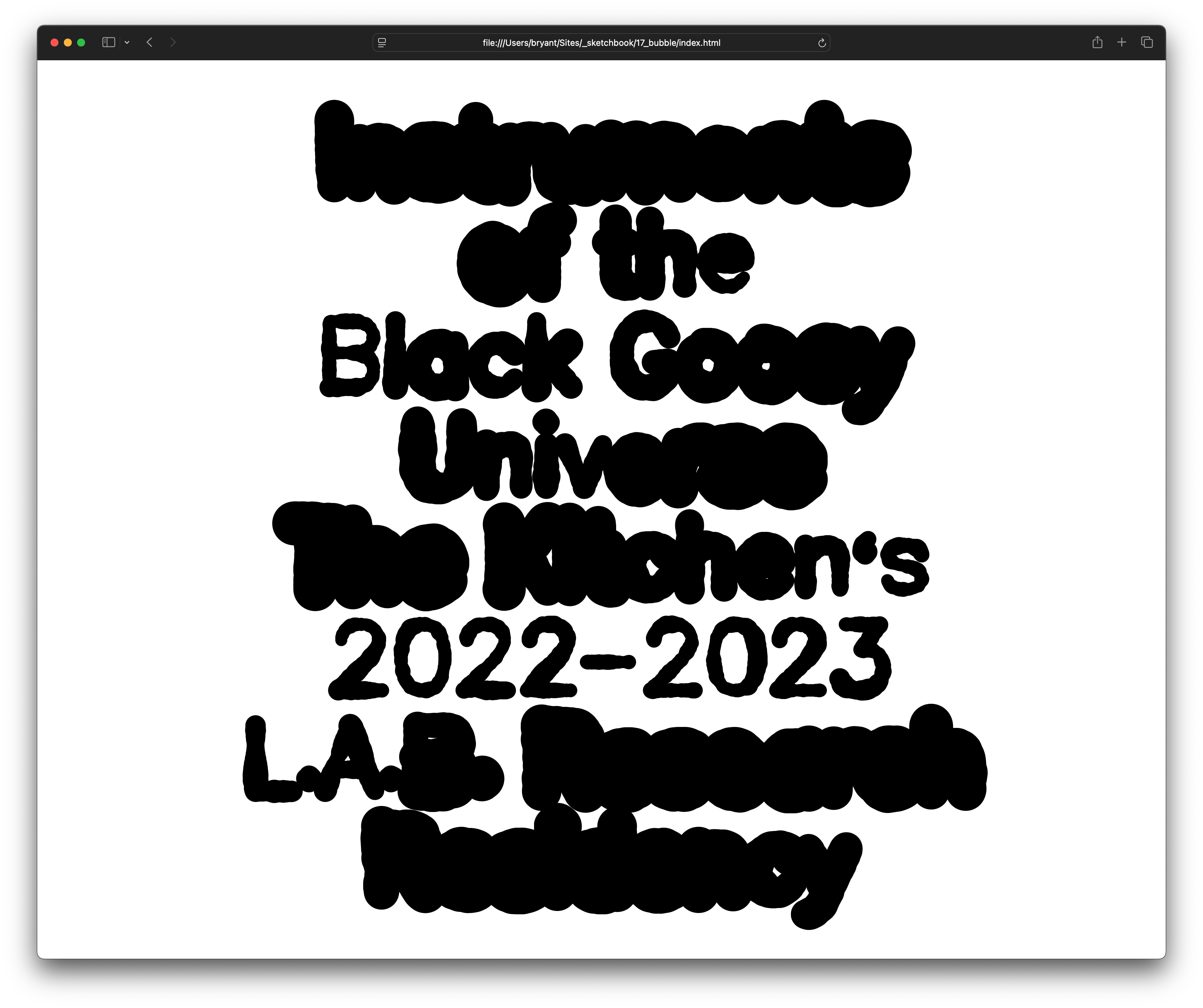
- This is a type treatment for “Instruments of the Black Gooey Universe”, a residency held by The Kitchen and School for Poetic Computation in NYC.

- This is a type treatment for “Instruments of the Black Gooey Universe”, a residency held by The Kitchen and School for Poetic Computation in NYC.

- I used this treatment for the cover and section headers of the publication.
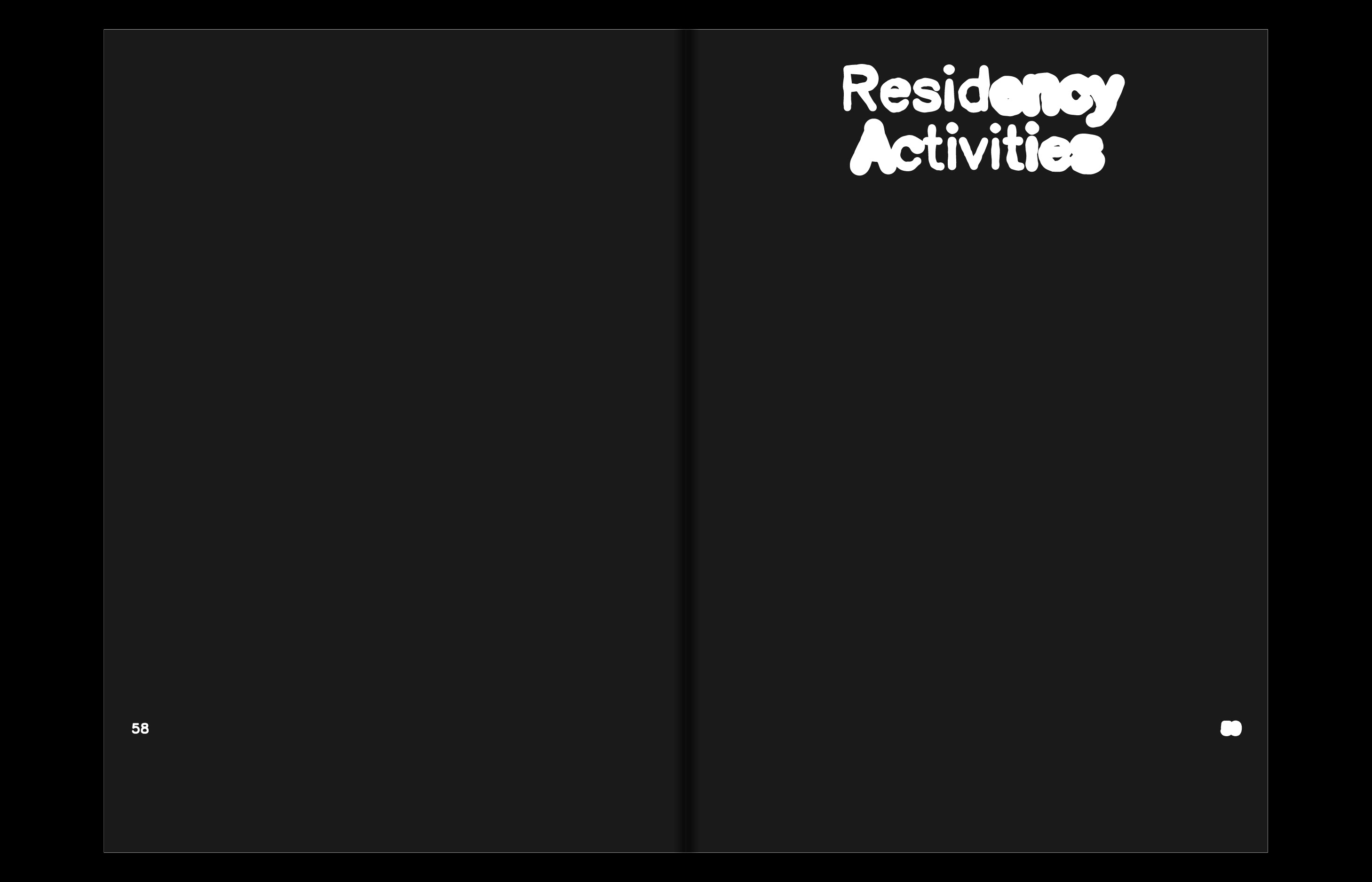
- I used this treatment for the cover and section headers of the publication.
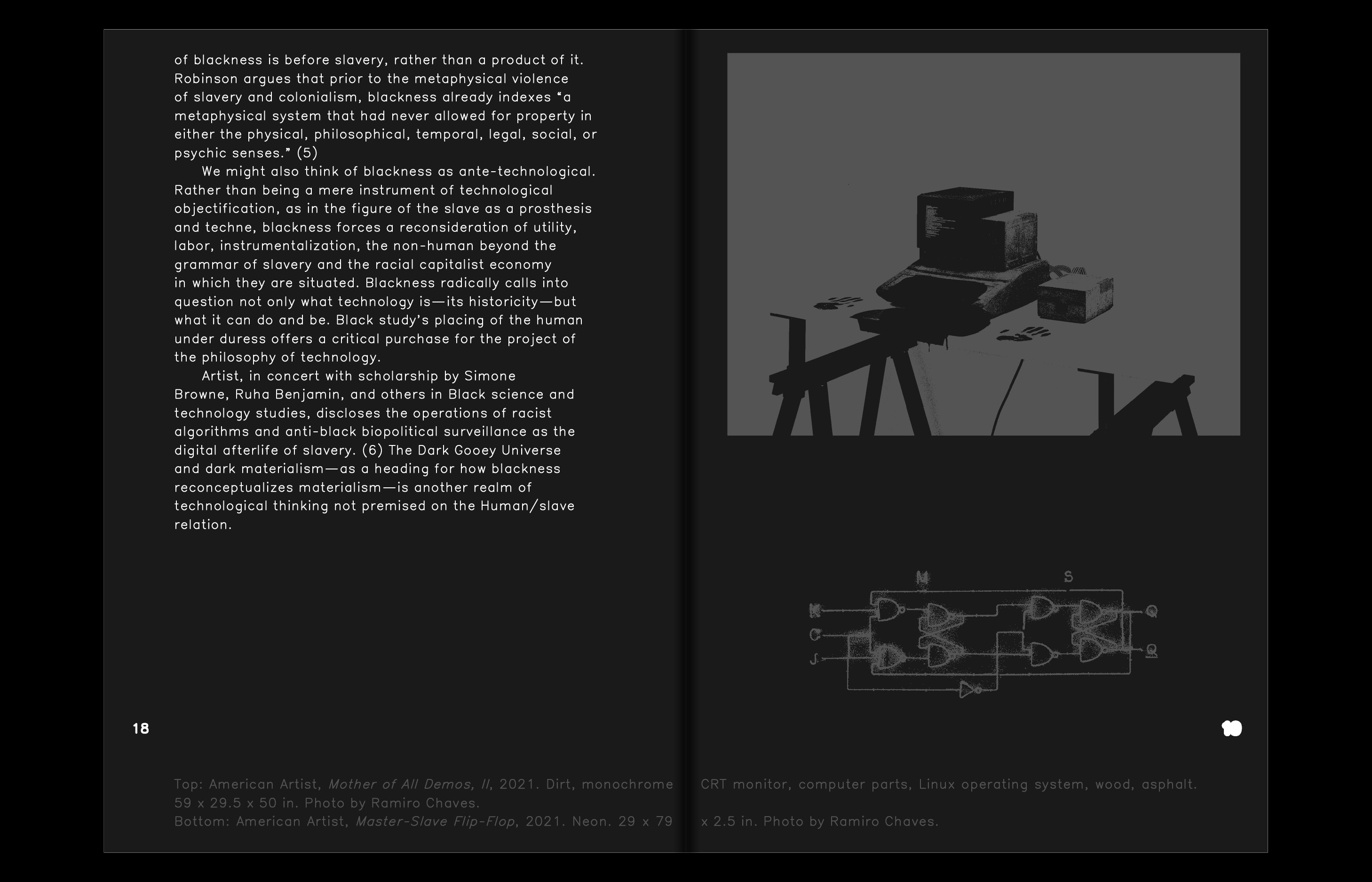
- I used this treatment for the cover and section headers of the publication.

- I used this treatment for the cover and section headers of the publication.

- I used this treatment for the cover and section headers of the publication.
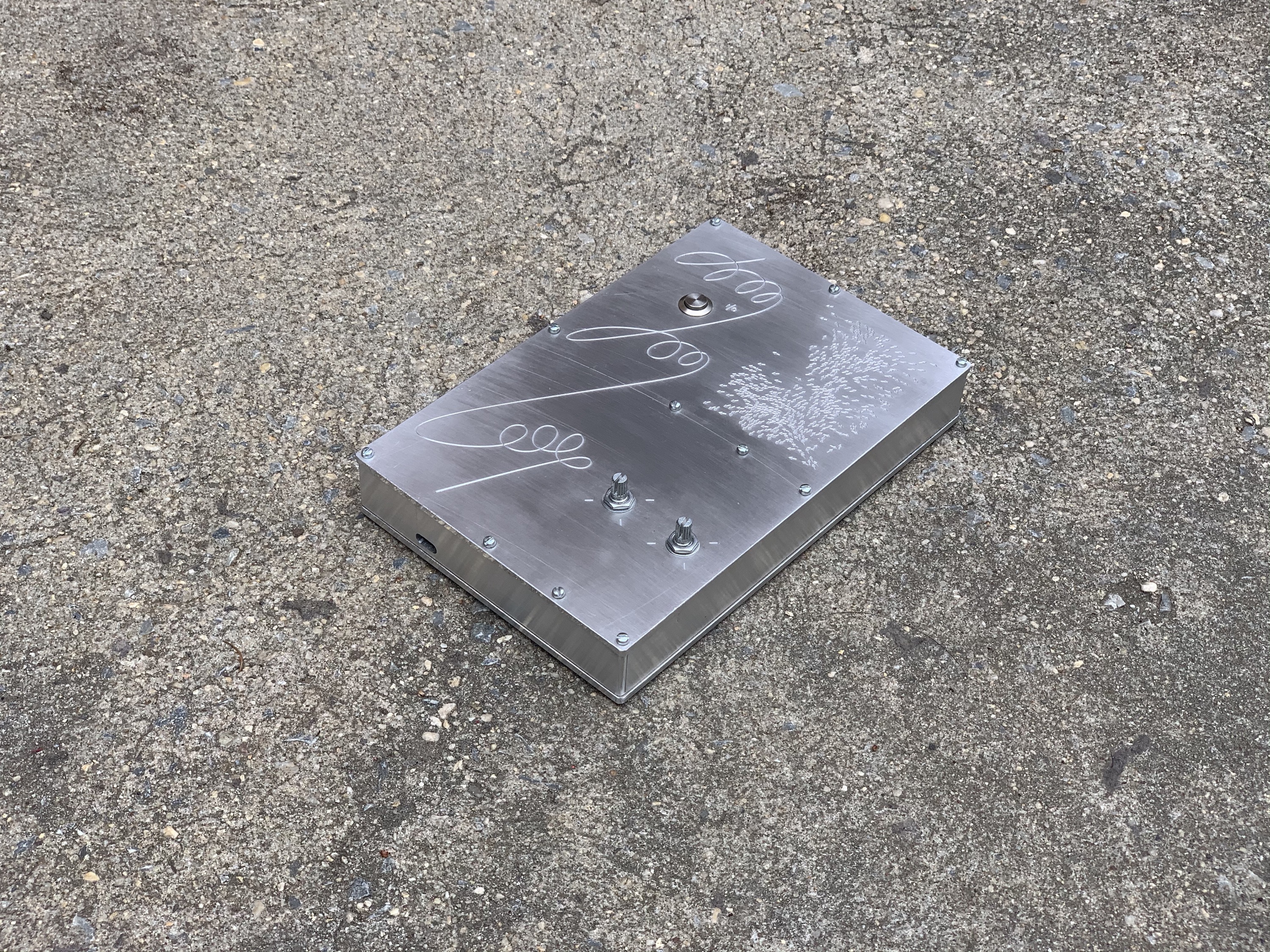
- Sometimes I make objects
- This is a MIDI controller I initially created for a network performance done over a web server / local internet radio station i started here in the atrium in 2018 that ran until 2022 or so. Anyway, the performance is called 'Dawn Chorus' and uses the audience's cell phones as speakers for a synthesized bird sound.
- Each person would receive the sound at slightly different times, depending on the speed of their connection. The piece is ultimately about latency (the delay between a transmission by a server and it's reception by a client).

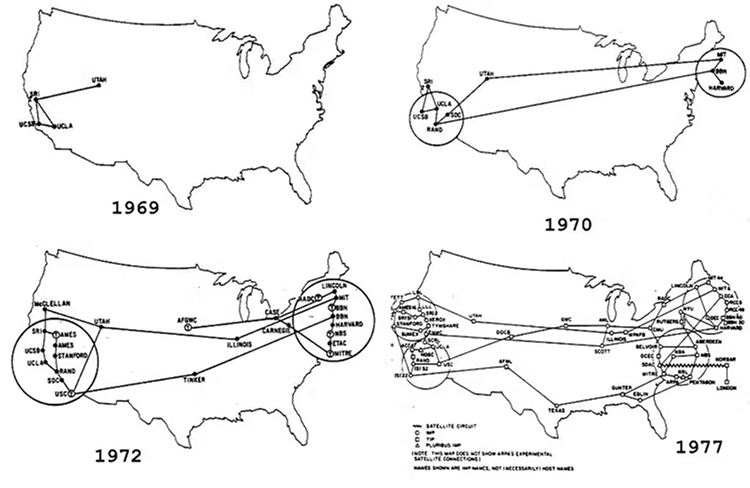
- Afterall, the internet itself is a military technology
- This is ARPANET, Started in 1969, the network connected military-funded institutions using dedicated phone lines
Through a series of workshops and projects, students in Localhosts will create a web server using a single-board computer and create browser-based works using HTML, CSS, JS and PHP. Students are expected to develop a research and content strategy related to a topic of their choosing, culminating in unique and situated web-based works.
You will be asked to consider the following: Where can a website go? What is a website made of, and how can it relate to its setting (the computer it lives on, the surface that renders it, its author, its viewer)?
- back to the class
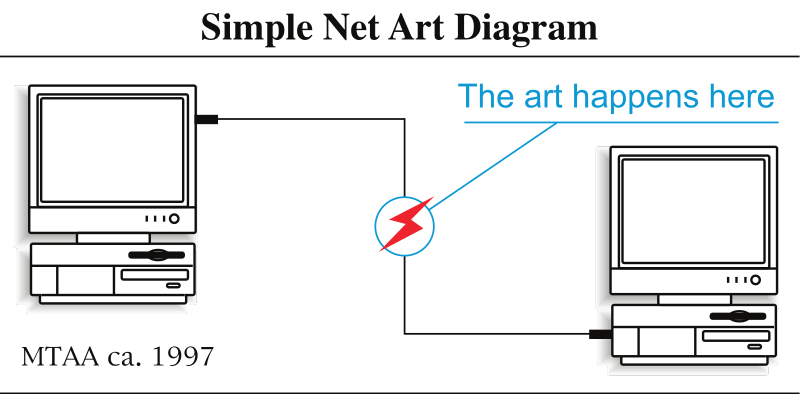
- Before asking where a website can go, it might be helpful to understand where (most) websites are (spoiler alert, the answer is North Virginia).
- The internet is dependent on the relationship between two computers, one called a "client" (your computer), and another called a "server" (the computer sending you something)
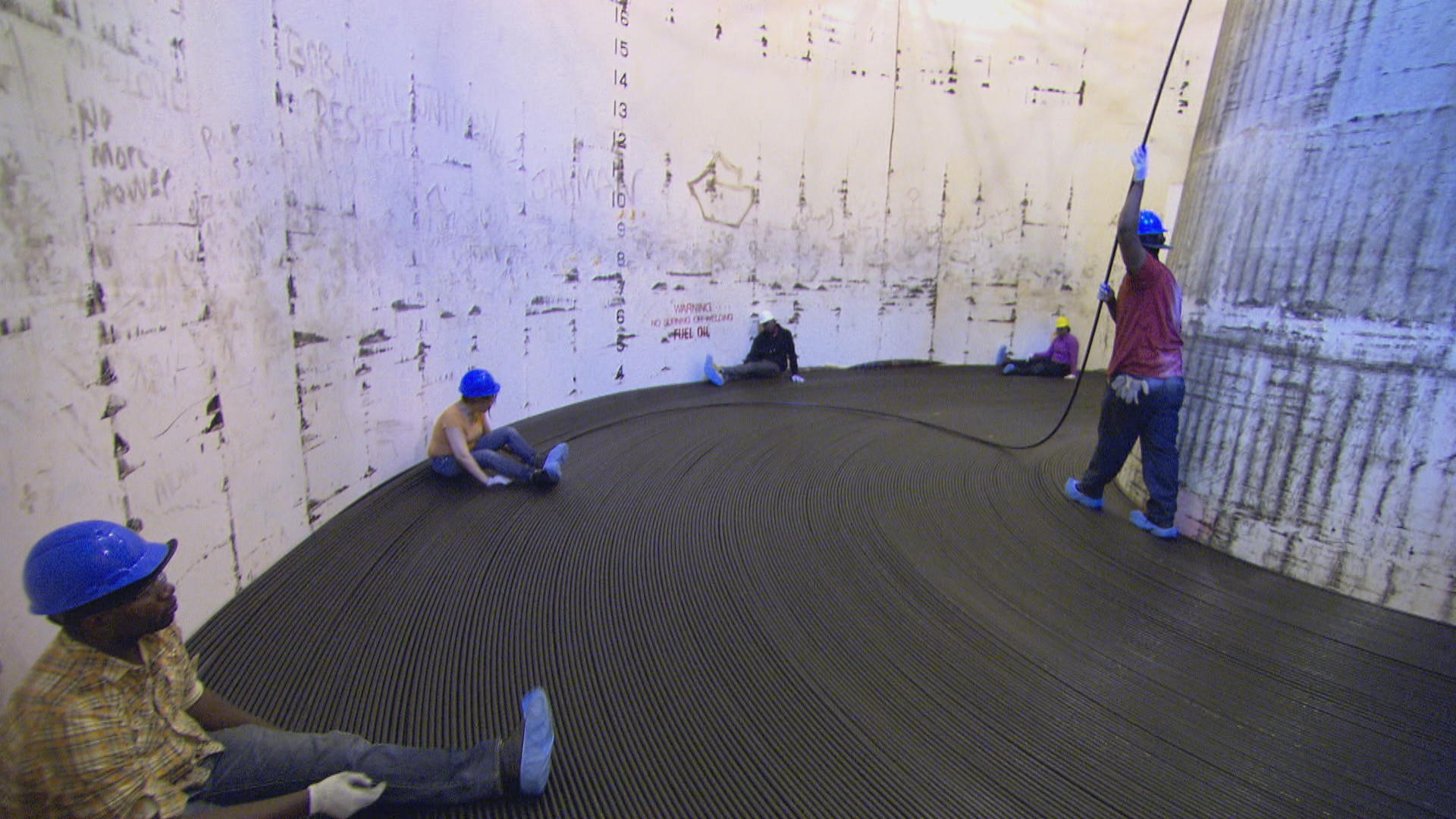
- Packets of data are sent through a network of wires that span the globe – underground, between cities, and across oceans.
- This is an image of workers laying transatlantic cable from a shipping vessel called the Global Sentinal
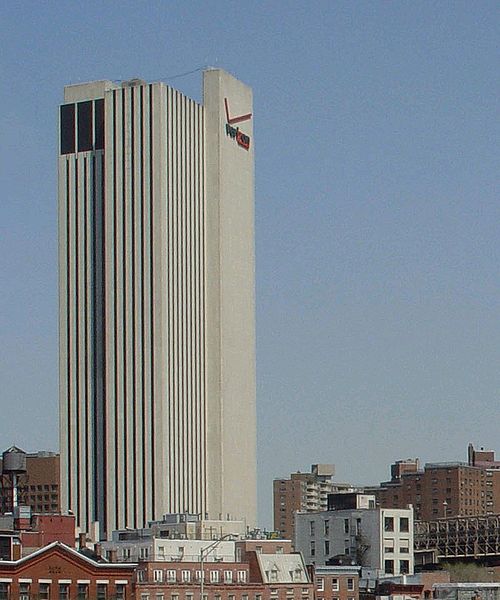
- Those cables meet at Internet Exchange Points, like this one – 75 Pearl St. NYC, an old Verizon switching station.
- The internet is tied up with the histories and infrastructures of communication (telegrams, telephone)
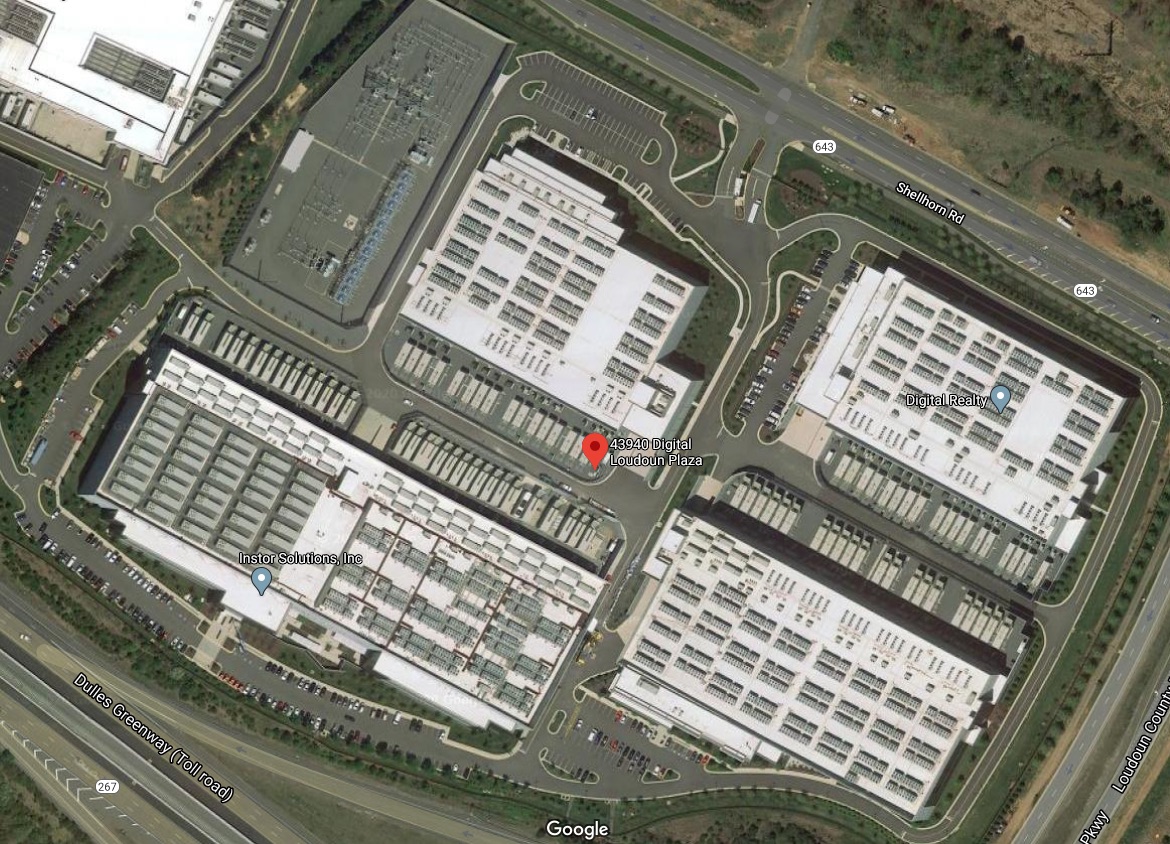
- So, where are the servers? Most of them are here.
- Amazon Web Services owns and operates (at least) 125 data centers worldwide, accounting for 30-40% of the internet.
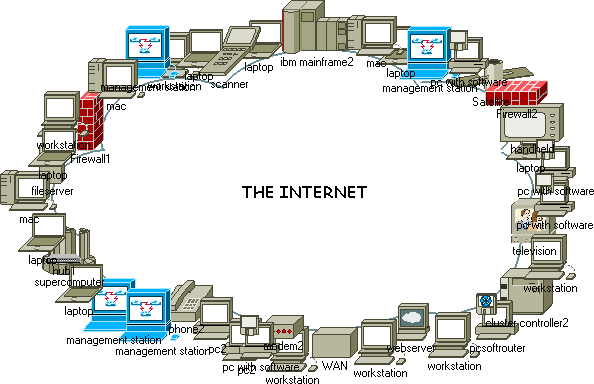
- So, this question of provenance is an important one
- This is an illustration of the internet by net artist Olia Lialina, and she has this to say on the matter
- “What we witness now is a shift in the interests of IT giants towards providing IT capabilities online as an utility, and their intention to put equal signs in between Internet and their service. Internet = Google’s Cloud, Internet = Apple’s Cloud, Internet = Facebook’s cloud.”
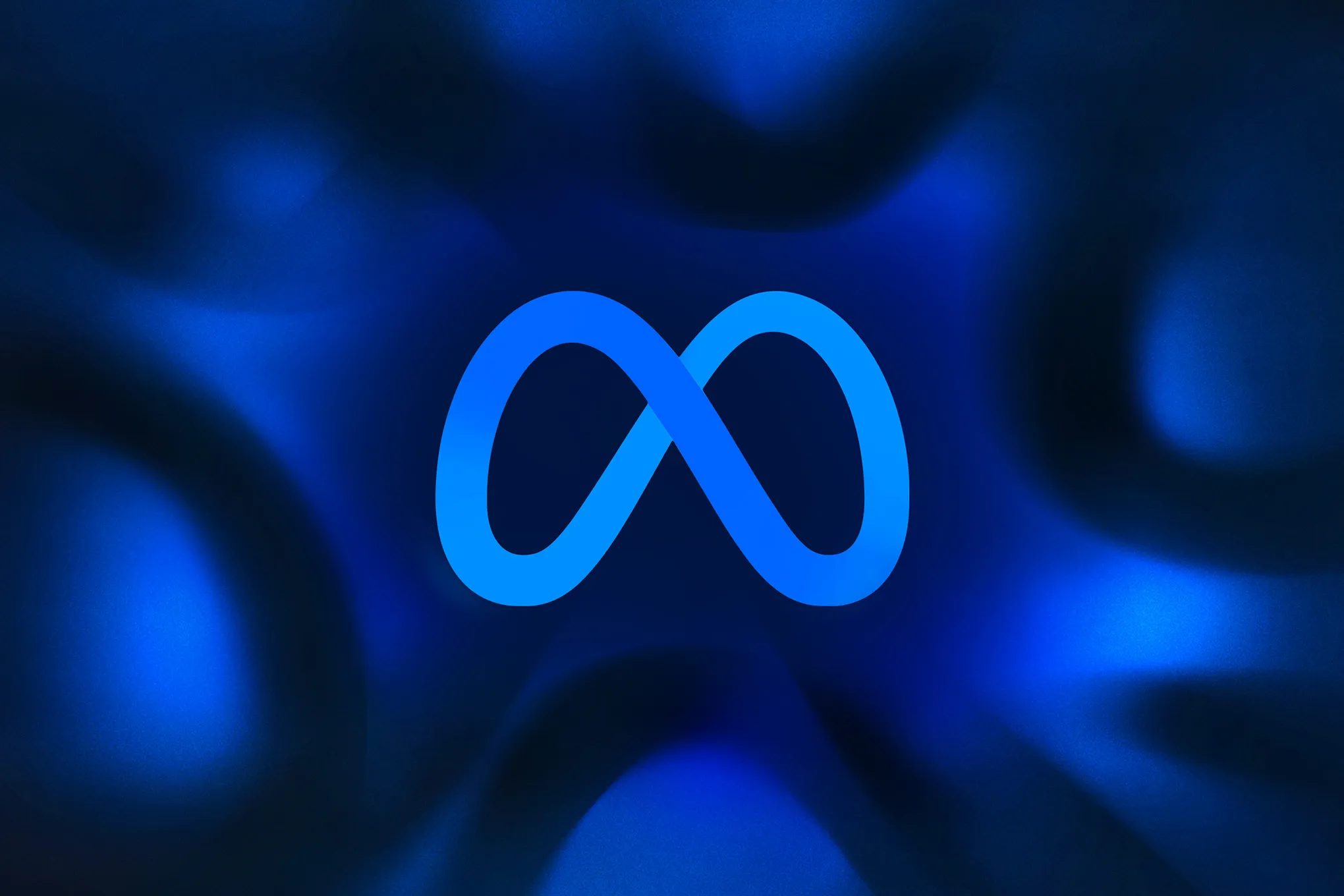
- We can also witness a trend (which has been accelerated since the pandemic) toward interfaces containing and creating, as Mindy Seu describes as, "ubiquitous online environments" used to commodify its users and attempt to become synonymous with reality itself.
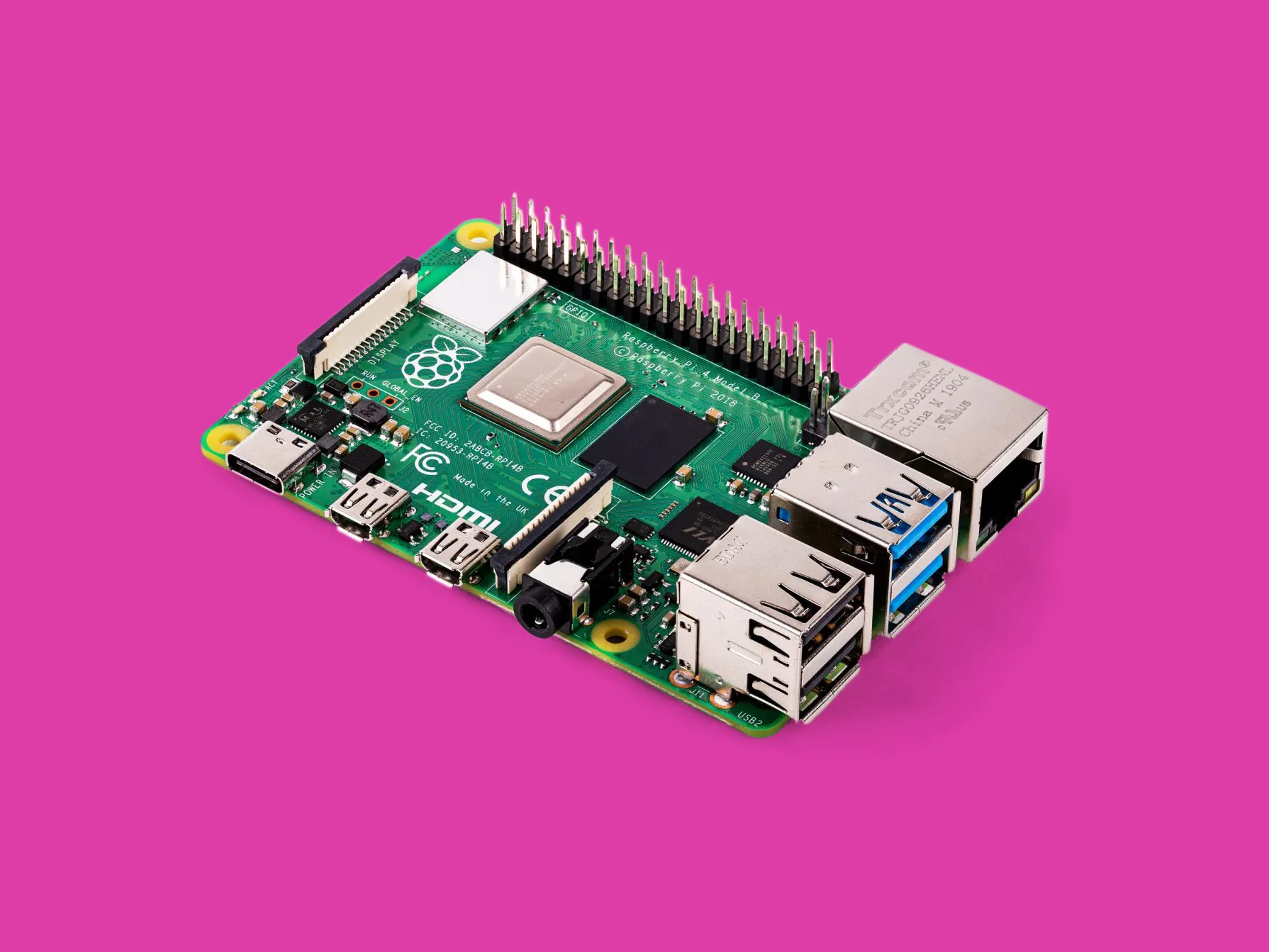
- This is a Raspberry Pi.
- It's a cheap single board computer that has the capability to be extended and customized in many ways, but we will be using them to set up basic servers to host our work this semester.
P1: That One Time Online (1wk)
P2: Field Notes (2wks)
P3: Log (10wks)
- The focus of this class is to design interfaces that acknowledge (and in some cases, determine) the physical and social conditions that contain them.
- This semester, we will still start off with a couple smaller projects in the first few weeks, then transisiton into one larger project (broken into phases).
P1: That One Time Online (1wk)
Write about a formative or significant memory you've had online. Use HTML elements, media, and basic styles as needed to create a single-page website that illustrates your story.
P2: Field Notes (2wks)
Establish a method of observing an aspect of the world around you. Your approach should be less about comprehensive documentation and more about identifying the unusual, the poetic, and the subtle. Create a set of 'field notes' that reflect your observations. While each entry should be unique, they should be consistent in format. Create a website that contains an index of your notes, as well as a page for each individual entry. The next time we meet, you will use this website to support a 5-10 minute reading of your work.
P3: Log (10wks)
Use your server to host a 'Log' (a method of recording, a method of publishing, an archive/collection) related to a topic or concept of your choice, to be installed in and/or accessed from a location of your choice. Your log should contain ~25-50 entries and be designed to be viewed within a particular space or situation. Consider how the conditions of your website's use may contextualize the content. What kind of behavioral, viewing, or reading experience do you want to support?
This project will be broken into five parts: Concept, Design, Prototyping, Final, and Documentation.
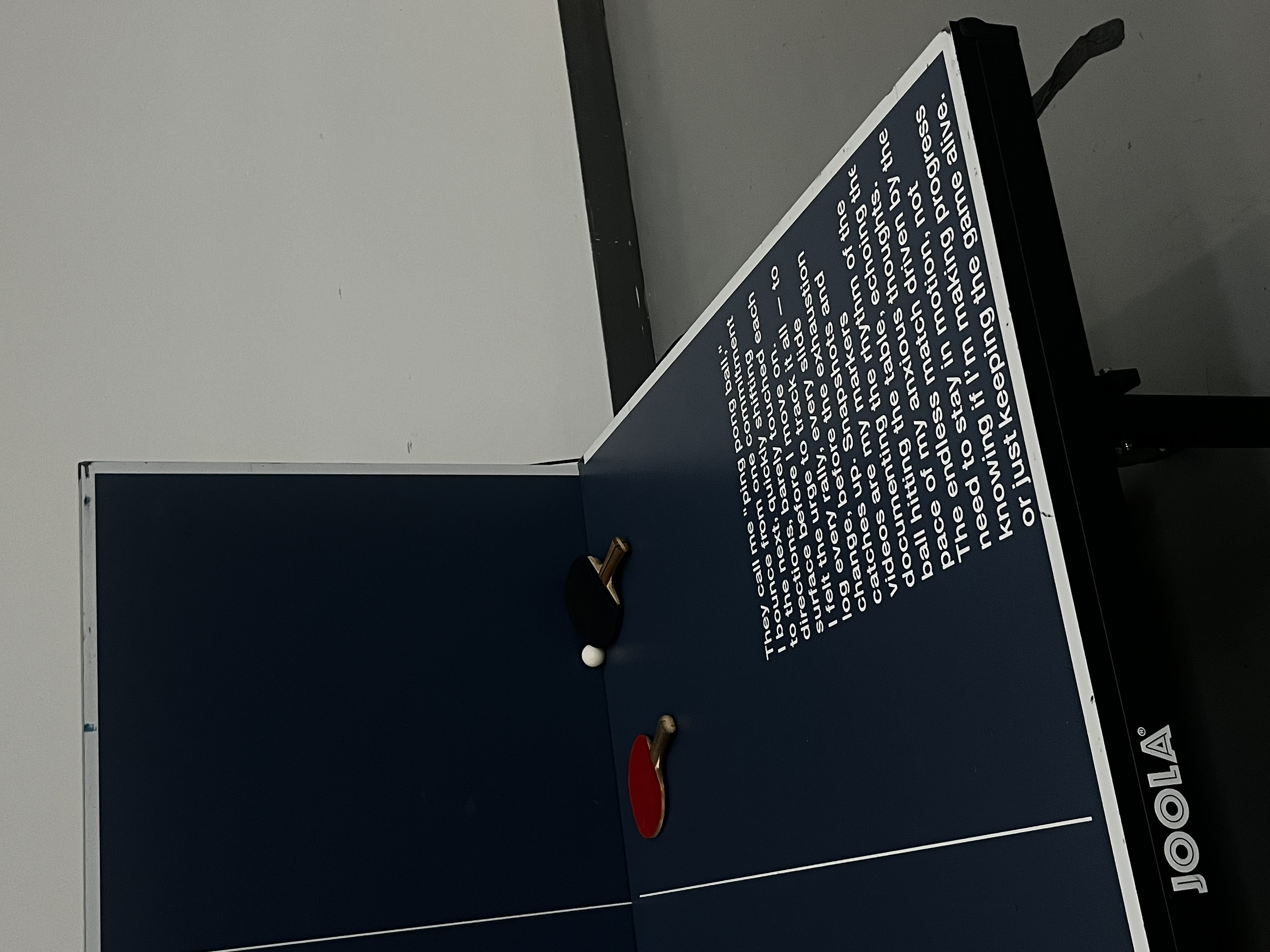
- this is an website by Priscilla Young
- she compiled a log of process video and images related to her work over the semester and developed this interface to navigate it, which is trigged by a ball hitting a ping pong table (equipped with a contact microphone).
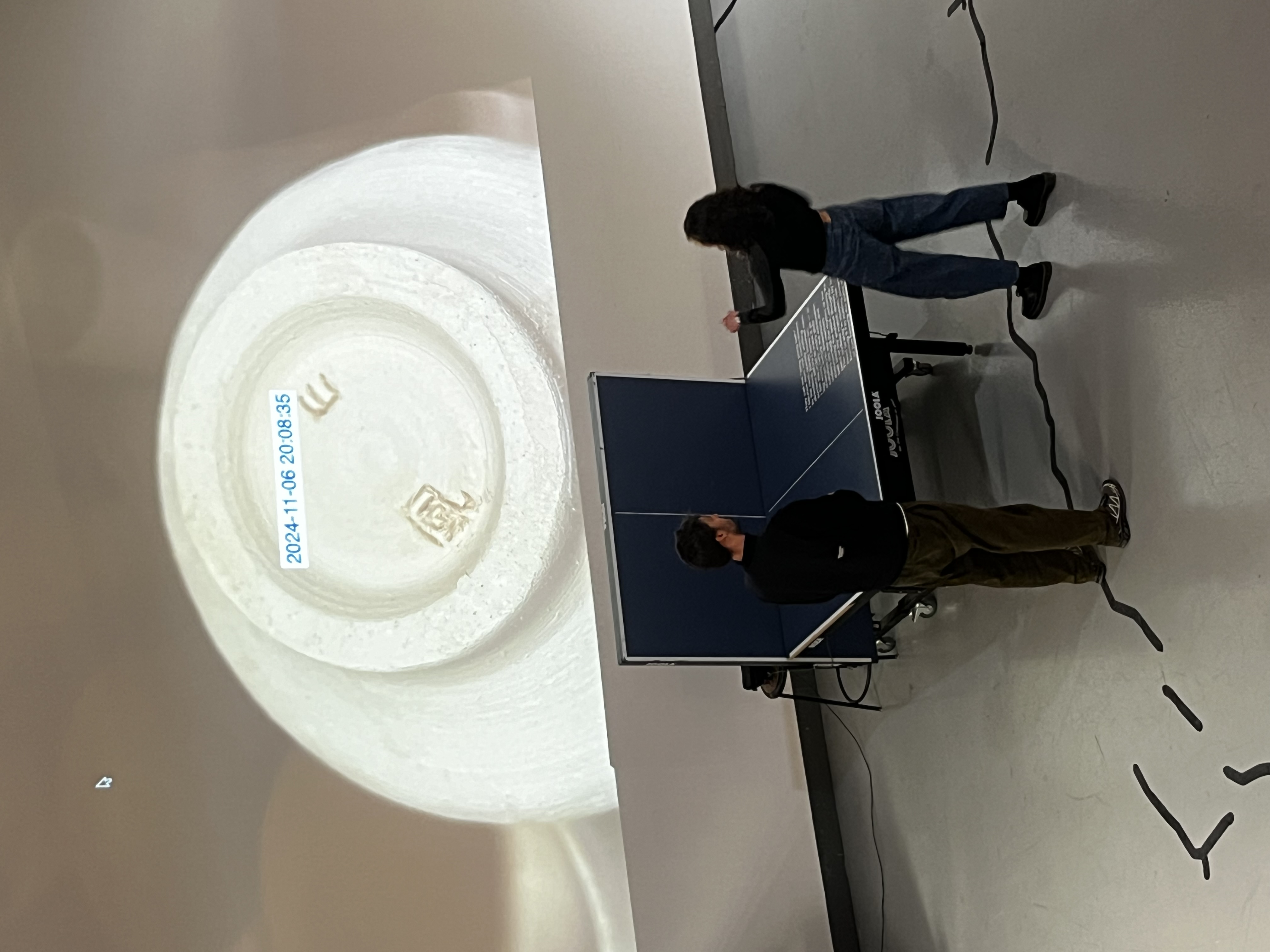
- this is an website by Priscilla Young called Ping Pong
- she compiled a log of process video and images related to her work over the semester and developed this interface to navigate it, which is trigged by a ball hitting a ping pong table (equipped with a contact microphone).
- This a installation by Davy Dai, called 'Printers Memorial'
- Davy compiled a list of discontinued and defunct printers produced over the last 50 years and made this memorial for them
- This is a project made by Siri Lee called 'quotations'
- it is a website and performance about language and ventriloquism, the performers mouth is the main device used to progress the reading of a text that Siri wrote.
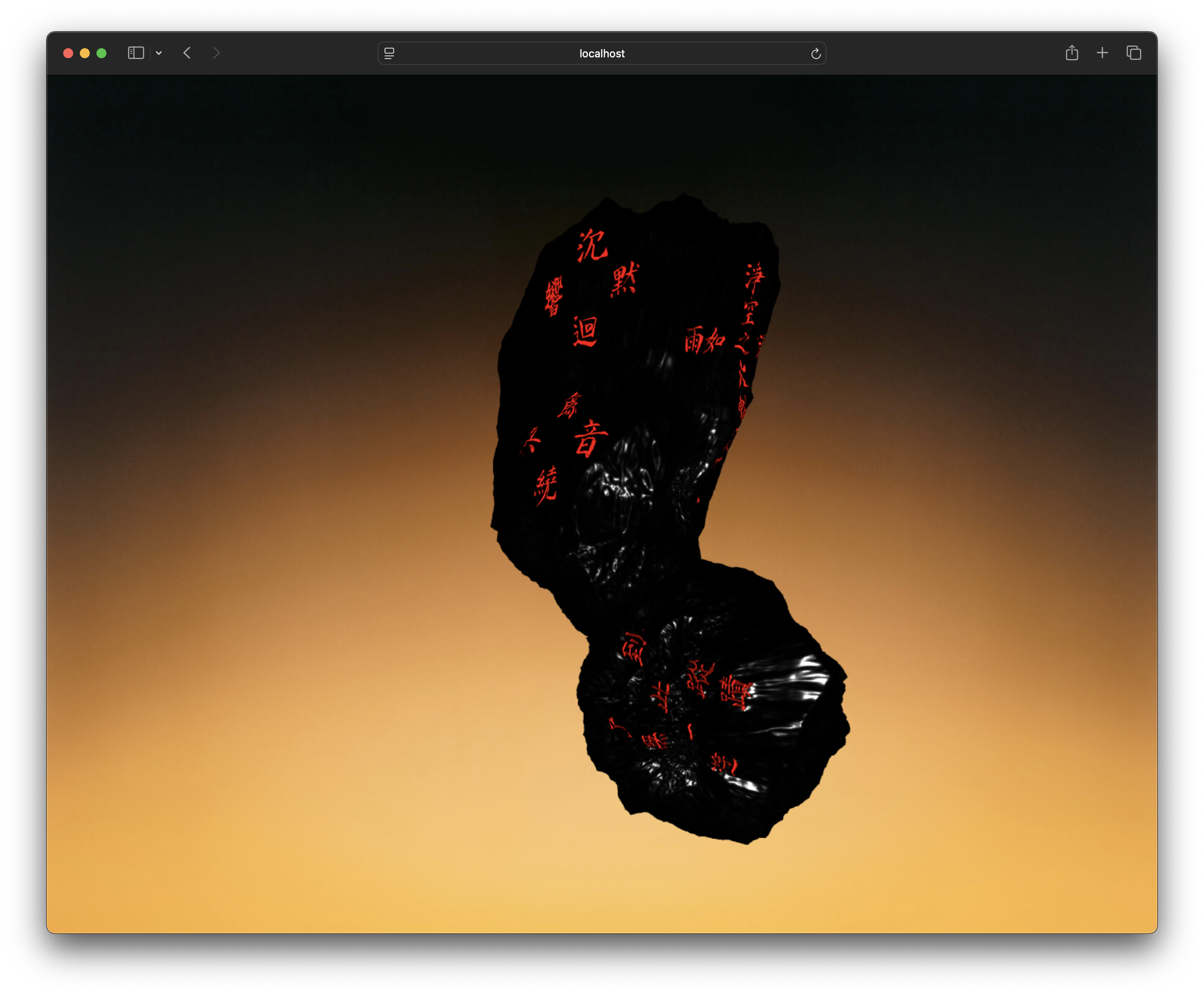
- this is an website for an installation by Dydanni Dai
- Dydanni created a series of inscriptions (or, a feed) for display on these digital rocks, which related to her research on inscriptions found on Mount Tai in Shandong, China.

- this is an installation by Dydanni Dai
- Dydanni created a series of inscriptions (or, a feed) for display on these digital rocks, which related to her research on inscriptions found on Mount Tai in Shandong, China.
- this is an installation by Dydanni Dai
- Dydanni created a series of inscriptions (or, a feed) for display on these digital rocks, which related to her research on inscriptions found on Mount Tai in Shandong, China.
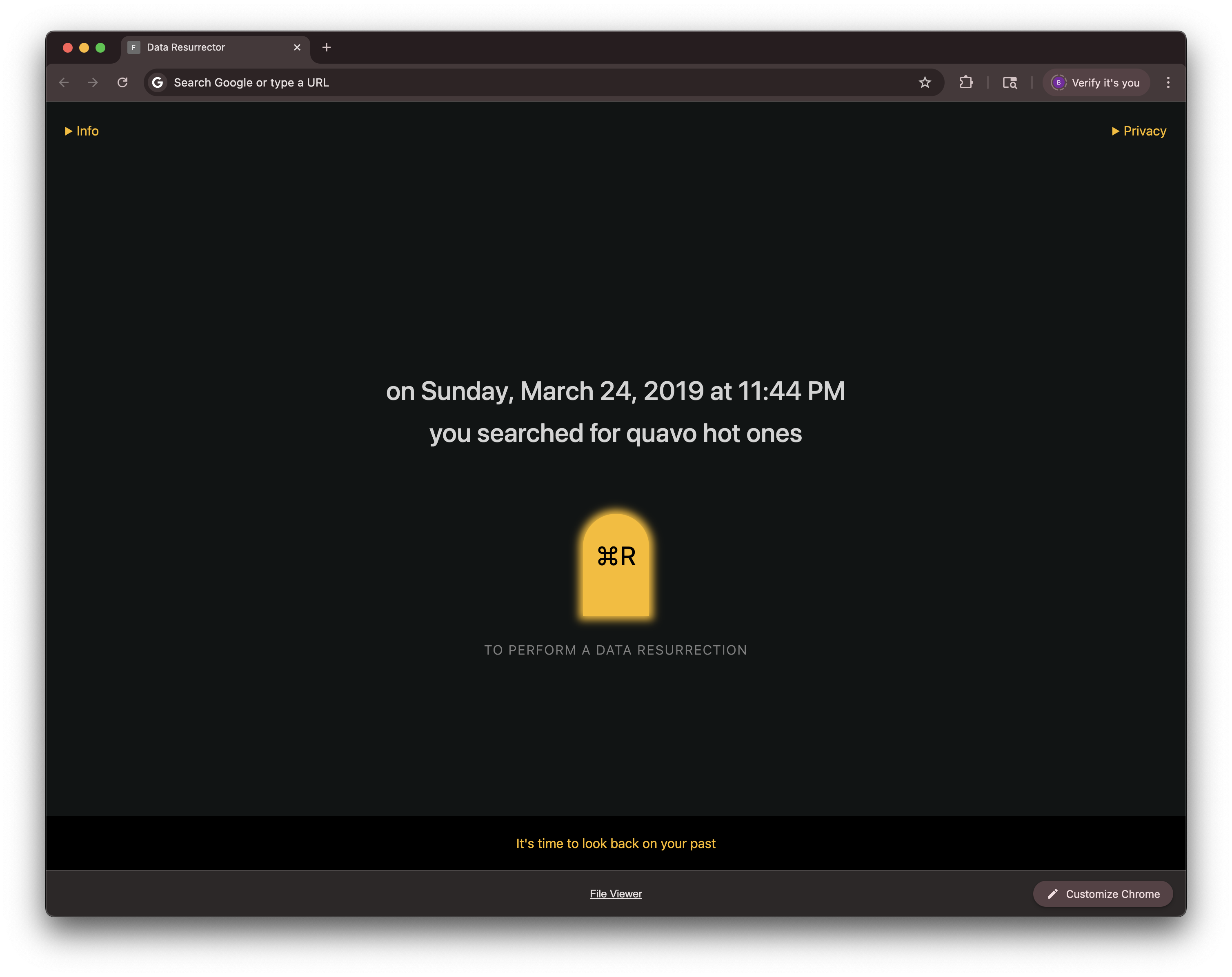
- Ellen Fabini made a plugin for Chrome called 'Data Resurrector', with scraped data from Google Takeout (Google's service which keeps tabs on your internet behaviour across its platforms). On load, the plugin 'ressurects' a piece of data from your archive. She presented her work in the 'graveyard' / computer lab upstairs.
